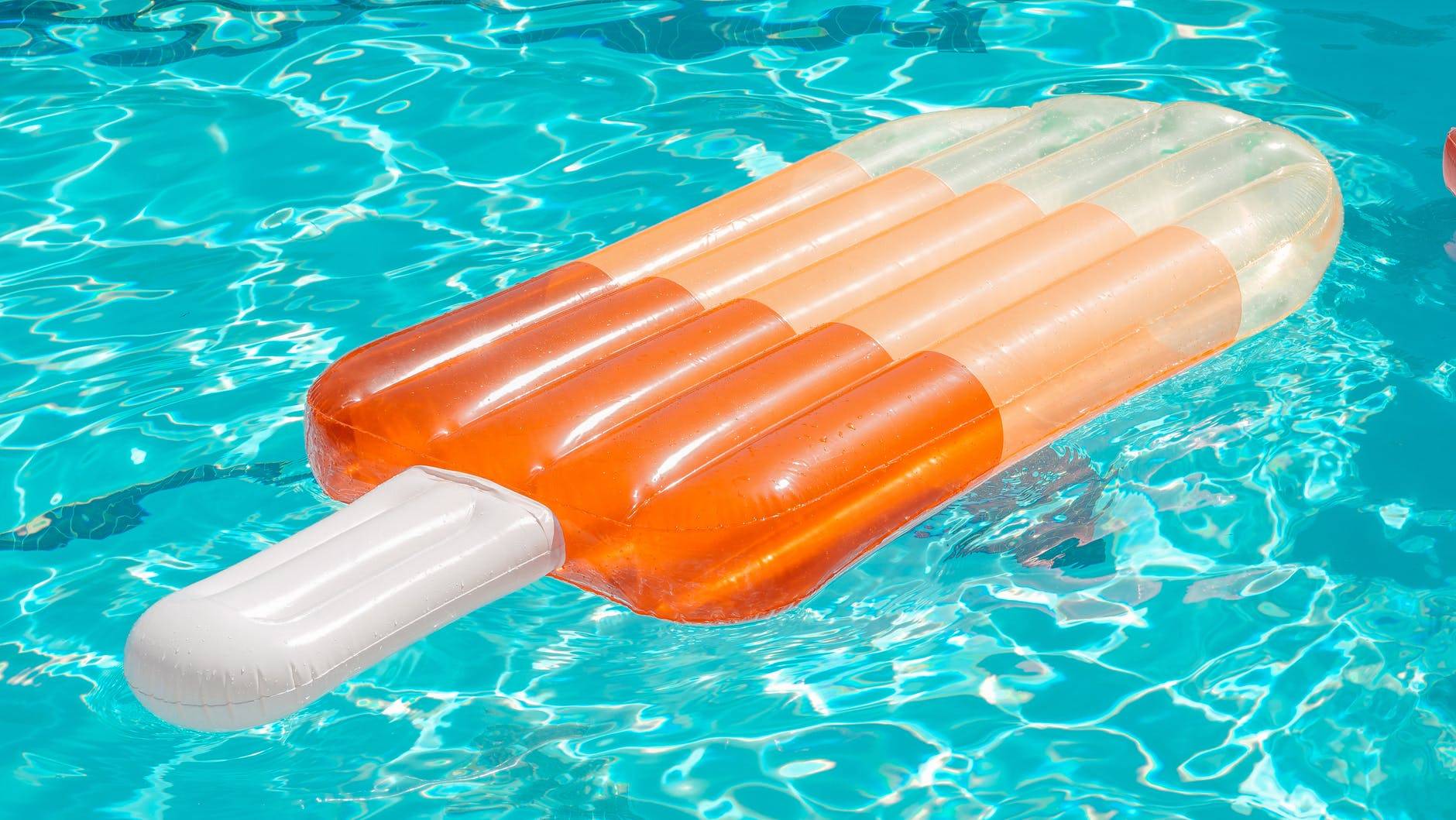Hello fine folks,
I'm going away on a trip for a relatively long time, and started thinking about pool chemical automation. Unfortunately I won't be able to do this prior to my trip, but ideation for the future.
I have a 21k gallon inground pool with no special features (no heat/spa). The timer is already automated via a Raspberry Pi to control the pool cleaner and between high/low/off for the 2-speed pump I have. I am relatively good with electronics and programming so no issues there.
I started reading into the various ORP / pH sensors and how finicky they are, also how unattainable the FC sensors are, so due to that started to think outside the box.
Make no mistake, I want to build a hands-off closed-loop control system for the liquid chlorine and hydrochloric acid addition. The addition part is already pretty well figured out by folks on this forum, so I won't go into details there, but the sensing of levels is where most people have their problems.
So, what if instead of using the expensive ORP / pH sensors, one would buy a "color sensor" (if you ever played with a Lego Mindstorms robot, it's a very cheap sensor [$15] that can detect the color of "things" fairly accurately).
In connection with the color sensor, one would need to figure out the proper and accurate dosing of the pool reagents that you use to measure FC / pH in your pool manually anyway. Once that's done, it's ezpz and well-documented on the addition side of things.
What I was thinking of is to plumb a relatively cheap peristaltic pump into the intake side of the pool pump, and it would dose the correct amount of pool water into the measurement vessel, another pump would add the reagent, stir then do the color measurement. Rinse and repeat for pH.
I'm not sure if it's safe to dump the reagents back into the pool water, but I'd think it's such a miniscule amount it wouldn't matter much anyway. (alternatively it isn't hard to figure out a "waste" container for the reagents).
Am I onto something here, or is this completely crazy?
Of course, even when I'm away I'd have to ask people to check the pool every week / every other week depending on season, but it would eliminate having to check levels / add chemicals manually every other day during the summer.
I'm going away on a trip for a relatively long time, and started thinking about pool chemical automation. Unfortunately I won't be able to do this prior to my trip, but ideation for the future.
I have a 21k gallon inground pool with no special features (no heat/spa). The timer is already automated via a Raspberry Pi to control the pool cleaner and between high/low/off for the 2-speed pump I have. I am relatively good with electronics and programming so no issues there.
I started reading into the various ORP / pH sensors and how finicky they are, also how unattainable the FC sensors are, so due to that started to think outside the box.
Make no mistake, I want to build a hands-off closed-loop control system for the liquid chlorine and hydrochloric acid addition. The addition part is already pretty well figured out by folks on this forum, so I won't go into details there, but the sensing of levels is where most people have their problems.
So, what if instead of using the expensive ORP / pH sensors, one would buy a "color sensor" (if you ever played with a Lego Mindstorms robot, it's a very cheap sensor [$15] that can detect the color of "things" fairly accurately).
In connection with the color sensor, one would need to figure out the proper and accurate dosing of the pool reagents that you use to measure FC / pH in your pool manually anyway. Once that's done, it's ezpz and well-documented on the addition side of things.
What I was thinking of is to plumb a relatively cheap peristaltic pump into the intake side of the pool pump, and it would dose the correct amount of pool water into the measurement vessel, another pump would add the reagent, stir then do the color measurement. Rinse and repeat for pH.
I'm not sure if it's safe to dump the reagents back into the pool water, but I'd think it's such a miniscule amount it wouldn't matter much anyway. (alternatively it isn't hard to figure out a "waste" container for the reagents).
Am I onto something here, or is this completely crazy?
Of course, even when I'm away I'd have to ask people to check the pool every week / every other week depending on season, but it would eliminate having to check levels / add chemicals manually every other day during the summer.


